Home>Storage Ideas>Storage Baskets>Why Do Laundry Baskets Have Holes
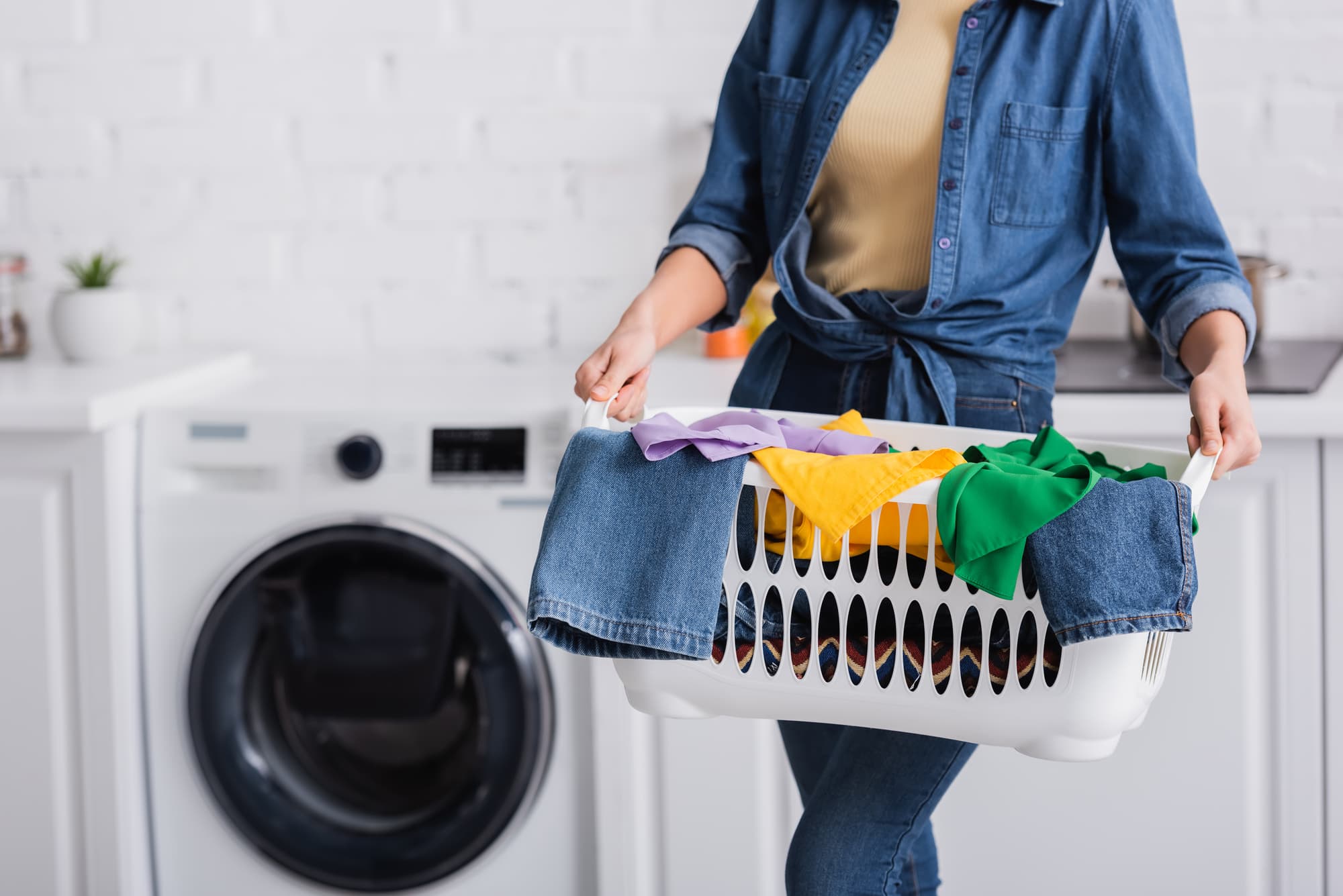

Storage Baskets
Why Do Laundry Baskets Have Holes
Modified: August 17, 2024
Discover the purpose and functionality of laundry baskets with holes. Find the perfect storage baskets for your laundry needs.
(Many of the links in this article redirect to a specific reviewed product. Your purchase of these products through affiliate links helps to generate commission for Storables.com, at no extra cost. Learn more)
Introduction
Welcome to the fascinating world of laundry baskets! You may have noticed that many laundry baskets come with holes in them, and you might be wondering why. In this article, we will explore the evolution of laundry baskets, the purpose of these holes, and the benefits they provide.
Laundry baskets have been a staple in households around the world for centuries. They have evolved from simple woven baskets to more modern, sturdy designs made from materials like plastic or metal. These baskets serve the crucial purpose of holding dirty laundry and transporting it to the washing machine or laundry room.
But why do some laundry baskets have holes? Is it just a design choice or does it serve a functional purpose? Let’s delve deeper into the history and functionality of these holes to find out.
Key Takeaways:
- Embrace the Holes: Laundry baskets with holes offer improved airflow, prevent odors, and make sorting and handling laundry a breeze. Choose a design that suits your lifestyle and enhances your laundry routine.
- Functional Versatility: Whether it’s a traditional basket with holes or an alternative option, the goal is to find a solution that suits your needs and enhances your laundry routine. Embrace the functionality and benefits they provide.
Read more: Why Do Cats Like Laundry Baskets
Evolution of Laundry Baskets
The concept of laundry baskets dates back to ancient times when people used woven baskets made from natural materials to collect and transport their laundry. These early baskets were simple in design and lacked any specific features like holes.
As civilization progressed, so did the design of laundry baskets. In the 19th century, wire mesh baskets emerged as a popular option. These baskets were lightweight and allowed for better airflow, ensuring that damp or wet clothes wouldn’t become musty or moldy.
In the 20th century, the advent of plastics revolutionized the manufacturing of laundry baskets. Plastic models became increasingly popular due to their durability and affordable price points. This allowed laundry baskets to become more versatile in terms of design, size, and functionality.
During this period, some laundry basket manufacturers started incorporating holes into their designs. These holes served several purposes, which we will explore further in the next section.
Today, laundry baskets have evolved to incorporate various features and materials. Some have additional compartments to separate different types of laundry, while others come with collapsible designs for easy storage. Despite these improvements, the presence of holes in laundry baskets remains a common and intriguing feature that warrants further investigation.
The Purpose of Holes in Laundry Baskets
The holes in laundry baskets serve a specific purpose that goes beyond mere aesthetics. Let’s explore some of the reasons why manufacturers incorporate holes in their designs:
- Air Circulation: One of the primary reasons for the presence of holes in laundry baskets is to allow for proper air circulation. Laundry, especially when wet or damp, can generate moisture and lead to unpleasant odors or the growth of mold and mildew. The holes in the basket help to facilitate air movement, allowing the laundry to dry more effectively and preventing any musty smells.
- Preventing ‘Laundry Soup’: Have you ever had the mishap of accidentally leaving a damp item in a sealed laundry basket for too long? The result is often a stagnant, foul-smelling mess that is commonly referred to as ‘laundry soup.’ The presence of holes in a laundry basket allows any excess moisture to escape, preventing the buildup of moisture that leads to the dreaded laundry soup scenario.
- Preventing Odors: Holes in the laundry basket provide ventilation, which helps to minimize odors. When soiled clothes are left sitting in a closed container without proper air circulation, the trapped odors can permeate the basket and linger. The holes facilitate the movement of fresh air, reducing the chances of unpleasant odors accumulating.
- Water Drainage: In case of accidental spills or leaks, the holes in the laundry basket allow water to drain out. This is especially useful if you often transport wet clothes from the washer to the drying area. The water can escape through the holes, preventing it from pooling at the bottom of the basket and potentially damaging the clothes inside.
- Easy Sorting and Handling: Laundry baskets with holes make it easier to see and sort your laundry. The holes provide visibility, allowing you to quickly assess the contents of the basket without having to lift the lid or dig through the clothes. Additionally, the presence of holes makes it more convenient to carry and handle the basket, as the holes act as handles or handholds.
By incorporating these holes into the design of laundry baskets, manufacturers are able to enhance the functionality and usability of these essential household items.
When choosing a laundry basket, consider one with holes to allow for better air circulation and prevent mildew and odors from forming on your clothes.
Benefits of Holes in Laundry Baskets
The holes in laundry baskets offer several benefits that can greatly improve your laundry routine. Let’s take a closer look at the advantages of having holes in your laundry basket:
- Improved Airflow: The presence of holes in a laundry basket allows for better airflow, preventing the buildup of moisture and reducing the risk of clothes developing musty odors. This is particularly beneficial for damp or wet laundry, as the airflow helps to expedite the drying process.
- Decreased Odors: By promoting air circulation, the holes in the laundry basket help to minimize the buildup of odors. Stagnant air trapped inside a closed basket can lead to unpleasant smells. The holes allow fresh air to circulate, reducing the potential for lingering odors.
- Prevention of Mold and Mildew: Moisture is one of the primary causes of mold and mildew growth, which can ruin your clothes. The airflow facilitated by the holes in a laundry basket helps to prevent the accumulation of excess moisture, reducing the risk of mold and mildew development.
- Easy Maintenance: Holes in the laundry basket make it easier to keep the basket clean. If any spills or leaks occur, the holes allow water to drain out, preventing moisture from lingering and causing unpleasant odors. Additionally, the holes provide access for cleaning and ensure that any trapped dirt or debris can be easily removed.
- Enhanced Portability: The holes in a laundry basket serve as convenient handholds or handles, making it easier to carry and transport the basket. This is particularly useful when moving heavy loads of laundry or when navigating stairs or narrow spaces.
- Visual Clarity: The presence of holes in a laundry basket allows for better visibility of the contents. This makes it easier to sort and organize your laundry, as you can quickly identify specific items without having to lift the lid or rummage through the basket.
By incorporating holes into the design of laundry baskets, manufacturers have provided us with practical and functional solutions that promote cleanliness, airflow, and ease of use.
Alternatives to Holes in Laundry Baskets
While holes in laundry baskets have proven to be beneficial in many ways, there are also alternative options available for those who prefer a different design. Here are a few alternatives to consider:
- Solid Construction: Some laundry baskets are designed with a solid construction, without any holes. These solid baskets are typically made from materials such as plastic or metal and offer a more enclosed storage option. While they may not provide the same level of airflow and ventilation as baskets with holes, they still serve the purpose of carrying and organizing laundry.
- Multiple Compartments: Another alternative to laundry baskets with holes is the use of baskets or hampers that come with multiple compartments. These baskets have separate sections or bags within, allowing you to easily sort your laundry by color, fabric type, or any other desired criteria. This eliminates the need for holes as the sorting is done within the designated compartments.
- Mesh Bags: If you prefer a more compact and portable solution, consider using mesh laundry bags instead of traditional baskets. These bags are made from breathable mesh material, which allows for airflow and prevents odors. You can easily throw your laundry into the bag and then transfer it to the washing machine, eliminating the need for a bulky basket.
- Fabric Laundry Baskets: Fabric laundry baskets are another alternative to traditional baskets with holes. These baskets are made from fabric material and often have handles for easy carrying. While they may not offer the same level of ventilation as baskets with holes, they are lightweight, collapsible, and can be easily stored when not in use.
- Basket Liners: For those who prefer the aesthetic of a solid laundry basket, but still want the benefits of airflow and easy cleaning, basket liners can be used. These are liners made of breathable fabric or mesh that can be inserted into the basket, providing airflow and preventing odors while still maintaining the look of a solid basket.
These alternatives offer different approaches to organizing and transporting your laundry, catering to individual preferences and specific needs. Whether you choose a laundry basket with holes or opt for one of these alternatives, the goal is to find a solution that suits your lifestyle and enhances your laundry routine.
Read more: Why To Have Small Holes In My Grass
Conclusion
The presence of holes in laundry baskets serves a functional purpose, providing benefits such as improved air circulation, prevention of odors, and efficient water drainage. These holes allow for better airflow, reducing the risk of musty odors and mold or mildew growth. They also make it easier to sort and handle laundry, providing visibility and enhanced portability.
However, if you prefer a different design, there are alternative options available. Solid construction baskets, multiple compartment baskets, mesh bags, fabric laundry baskets, and basket liners offer different approaches to organizing and transporting your laundry.
Ultimately, the choice between a laundry basket with holes or an alternative design depends on personal preference and specific needs. Consider factors such as the frequency of damp laundry, the desired level of ventilation, and the ease of cleaning and maintenance.
Regardless of the style or features you choose, the main goal is to have a laundry basket that facilitates an efficient and enjoyable laundry routine. Whether it’s a traditional basket with holes or an alternative option, having a designated container for your laundry helps to keep things organized and makes the process more manageable.
So the next time you spot a laundry basket with holes, you will know that the holes serve a purpose beyond aesthetics. Embrace the functionality and benefits they provide as they enhance the overall experience of doing laundry and keeping your clothes fresh and clean.
Frequently Asked Questions about Why Do Laundry Baskets Have Holes
Was this page helpful?
At Storables.com, we guarantee accurate and reliable information. Our content, validated by Expert Board Contributors, is crafted following stringent Editorial Policies. We're committed to providing you with well-researched, expert-backed insights for all your informational needs.


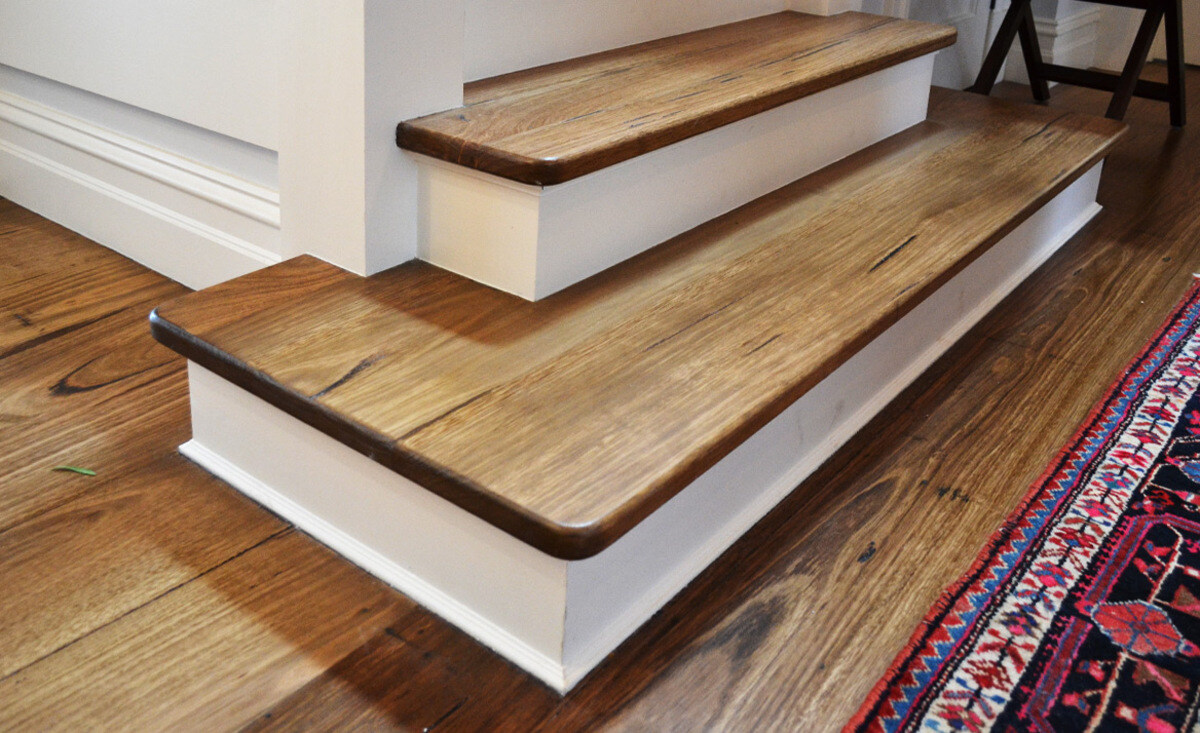



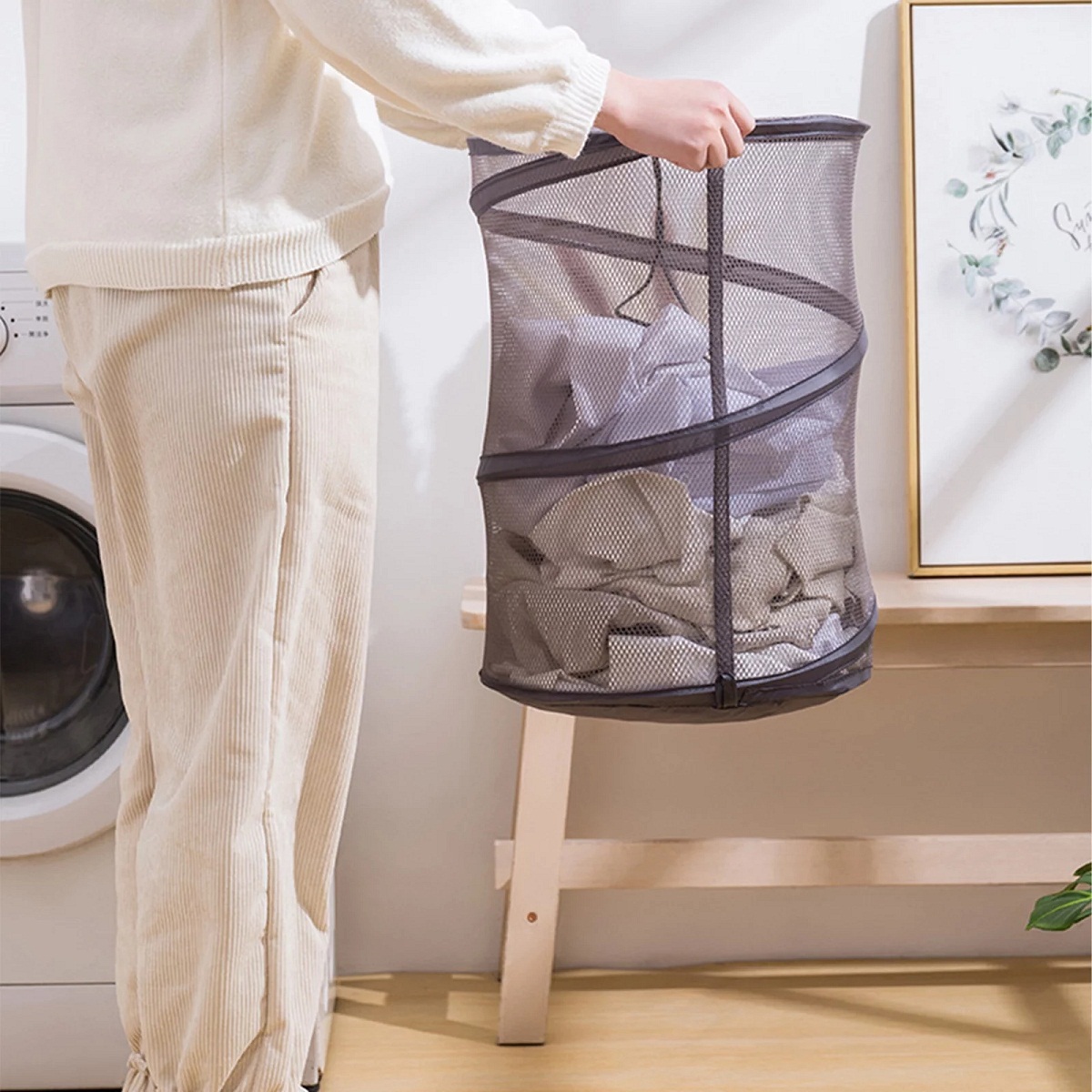


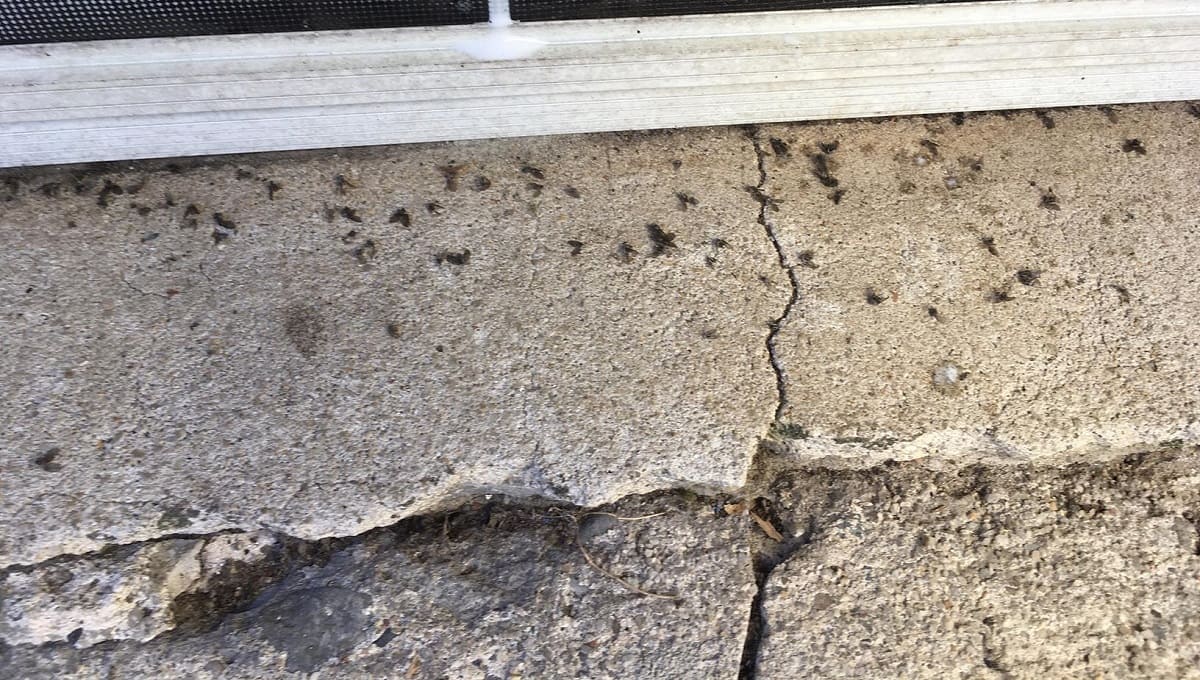

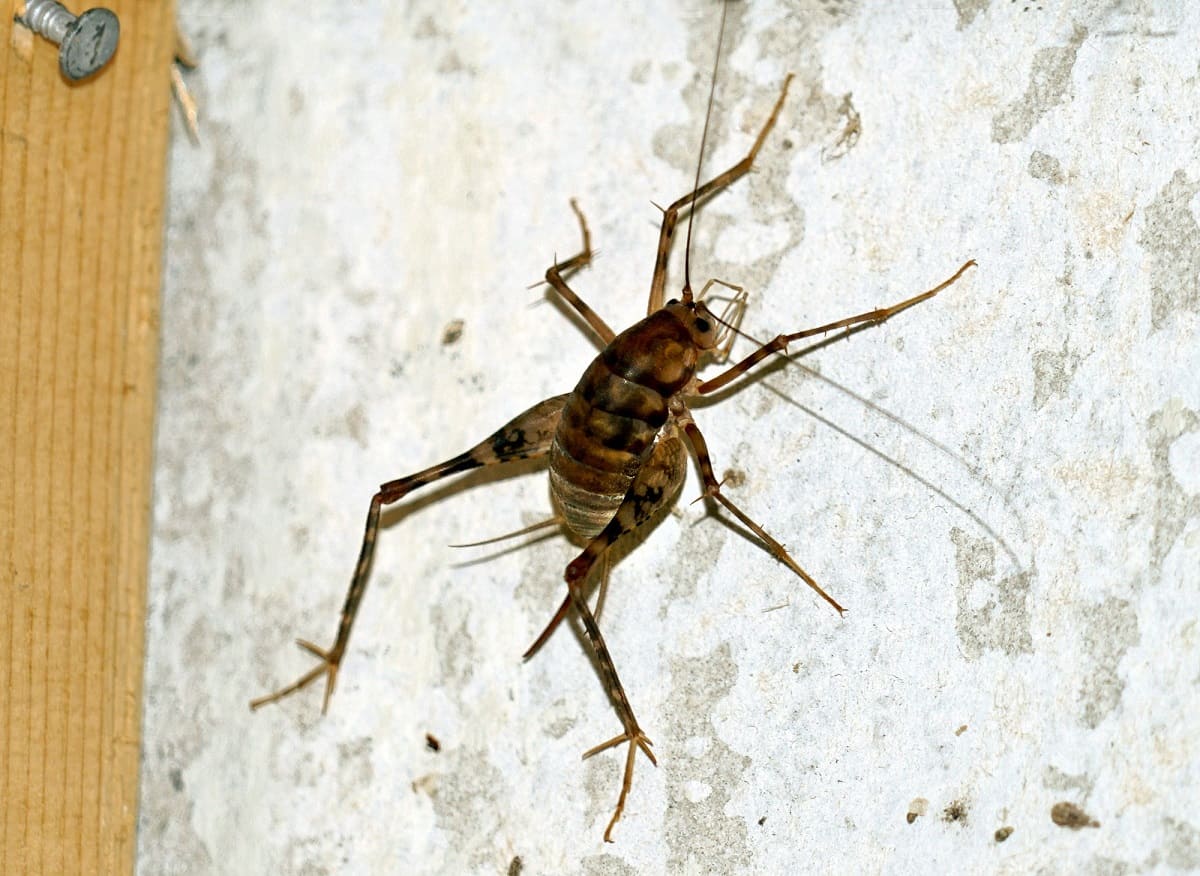

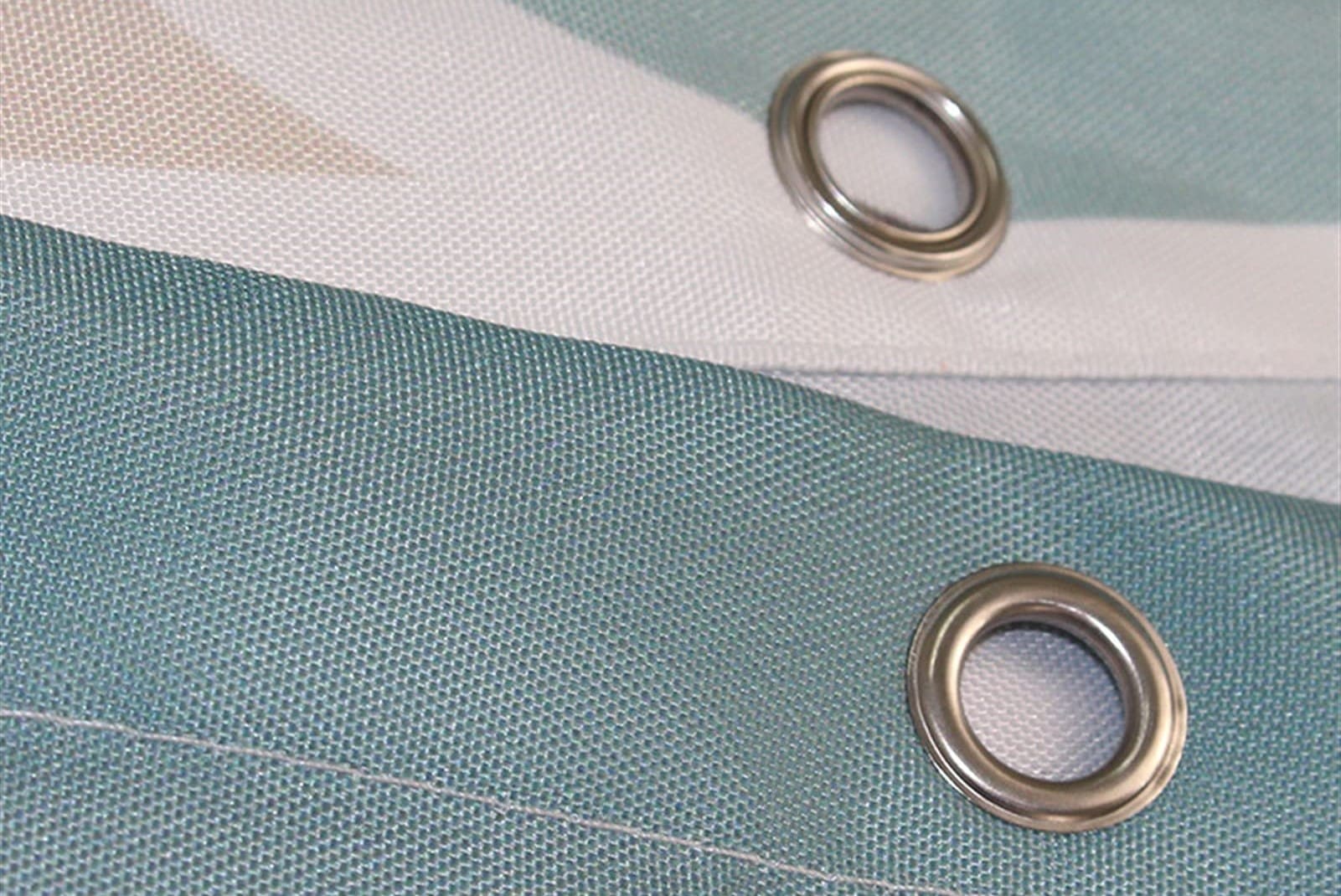

0 thoughts on “Why Do Laundry Baskets Have Holes”